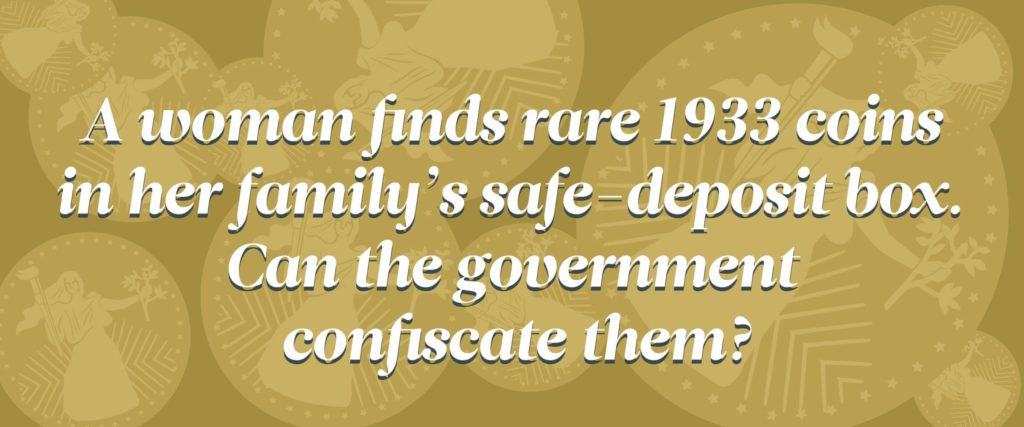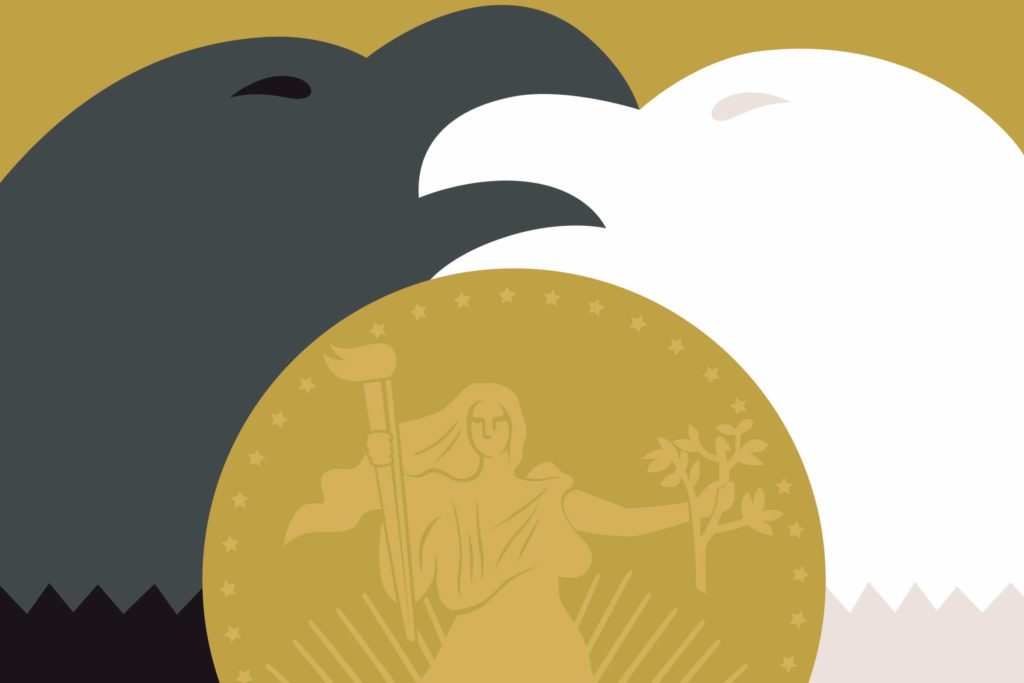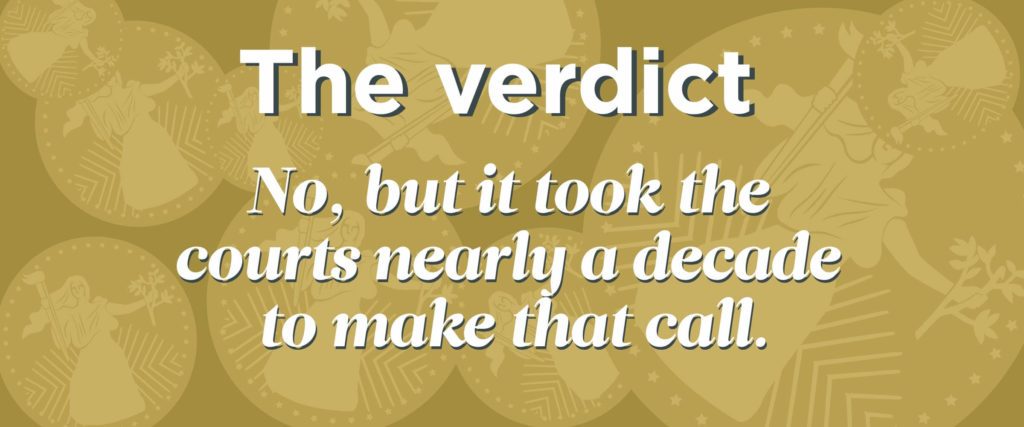She Found Rare Coins Worth $40 Million—Then the Government Took Them
A woman discovered rare 1933 coins in her family’s safe-deposit box. Can the government confiscate them?
 When
Joan Langbord found ten gold coins in a family safe-deposit box in
2003, she knew she’d unburied a treasure. Langbord, then 75, had worked
in her late father’s Philadelphia jewelry store her entire life, and she
was fairly sure that
the coins were 1933 double eagles. Designed by
American sculptor
Augustus Saint-Gaudens with Lady Liberty on one side
and a bald eagle on the other, the 1933 double eagle is one of America’s
rarest and most beautiful coins.
When
Joan Langbord found ten gold coins in a family safe-deposit box in
2003, she knew she’d unburied a treasure. Langbord, then 75, had worked
in her late father’s Philadelphia jewelry store her entire life, and she
was fairly sure that
the coins were 1933 double eagles. Designed by
American sculptor
Augustus Saint-Gaudens with Lady Liberty on one side
and a bald eagle on the other, the 1933 double eagle is one of America’s
rarest and most beautiful coins.
Although 445,500 double eagles were minted in 1933, each one valued at $20, they were never issued (unlike these rare dimes worth nearly $2 million).
Instead, 500 coins were held by the U.S. Mint’s cashier, and the rest
were sealed away in the agency’s basement vault. President Franklin D.
Roosevelt had pulled all gold coins from
circulation because people
were hoarding gold during the Depression, depleting the Federal
Reserve’s stash.
The Mint ultimately sent two of the 1933 double eagles
to the Smithsonian; the rest were melted into bars and stored in the
just-built Fort Knox in Kentucky.

Or so the Mint thought. In the
1940s, reports of private collectors trading 1933 double eagles shocked
Mint officials and sparked a Secret Service investigation. The agents
discovered that a cashier had smuggled an unknown number of the coins
out of the Mint. The Feds traced ten of them to Philadelphia jeweler
Israel Switt—Joan Langbord’s father. Switt had sold those coins to
private collectors, later testifying that he
had no records of how he’d
obtained them or from whom he’d bought them. He was never prosecuted
for any crime.
The trail went cold until almost
60 years later, when an English coin dealer tried to sell a 1933 double
eagle to a New York collector. The U.S. government immediately seized
it. It turned out to be a stolen coin Switt had sold to a Philadelphia
collector; it had later been sold by a Texas collector to Egypt’s King
Farouk, in 1944. Unaware then that the Secret Service was investigating
the stolen coins,
the Department of the Treasury mistakenly had allowed
King Farouk to export the coin. Because of its own
error, in 2002 the
government agreed to sell that 1933 double eagle at auction and split
the proceeds between the English coin dealer and the Mint. It sold for
$7.6 million. (If any of these 15 valuable coins are in your wallet, you could get a nice chunk of change too.)
It was two years later that
Langbord took her 1933 double eagles to the Mint for authentication.
Assuming that her father had owned the coins legally, she hoped to make a
similar arrangement, which would have netted about $40 million,
according to Langbord’s original claim. The Mint refused—and confiscated
the coins, claiming that the double eagles “already are, and always
have been, property belonging to the United States.”
In 2006, Langbord sued the Mint,
the Treasury, and various federal
officials. She claimed there was a
period in 1933, after the coins were minted but before Roosevelt pulled
gold from the market, when her
father could have legally purchased
them. The government maintained that the coins were stolen.
Should the government return
the coins to Joan Langbord? You
be the judge.
The Verdict

No, but it took the courts nearly a decade
to make that call.
The case came down to one question: Were the coins
stolen, or was it possible that they were accidentally but legally
issued and then sold to Switt? The United States Court of Appeals for
the Third Circuit ruled in
August 2016 that the coins were the Mint’s
property, citing testimony showing that Mint records “track the movement
of each 1933 double eagle. These records were remarkably detailed.” In
other words, says Mint attorney Greg Weinman, “these coins didn’t go out
through the front door—they went out the back door.” Langbord appealed
to the Supreme Court, but in April 2017, it declined to hear the case.
No comments:
Post a Comment